#Simon and Schuster
Text

I Was a Teenage Slasher by New York Times bestselling author Stephen Graham Jones (My Heart Is a Chainsaw, The Only Good Indians) will be published on July 16, 2024 via Simon & Schuster.
A slasher story told from the killer's perspective, the 384-page horror novel will be available in hardcover, e-book, and audio book. Jon Bush designed the jacket cover. Read on for the synopsis.
1989, Lamesa, Texas. A small west Texas town driven by oil and cotton—and a place where everyone knows everyone else’s business. So it goes for Tolly Driver, a good kid with more potential than application, seventeen, and about to be cursed to kill for revenge. Here Stephen Graham Jones explores the Texas he grew up in, the unfairness of being on the outside, through the slasher horror he lives but from the perspective of the killer, Tolly, writing his own autobiography. Find yourself rooting for a killer in this summer teen movie of a novel gone full blood-curdling tragic.
Pre-order I Was a Teenage by Stephen Graham Jones.
#stephen graham jones#i was a teenage slasher#slasher#horror#horror novel#horror books#simon and schuster#book#gift#80s horror#1980s horror#80s slashers#my heart is a chainsaw#the only good indians#jon bush
125 notes
·
View notes
Text
Private equity plunderers want to buy Simon & Schuster
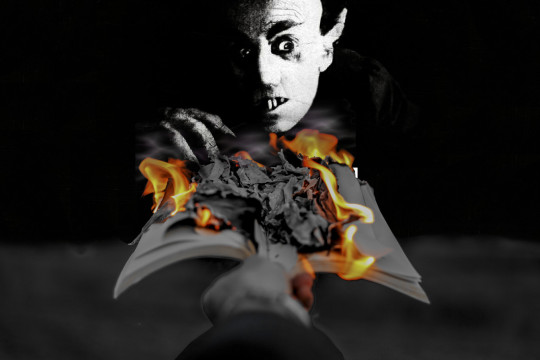
Going to Defcon this weekend? I'm giving a keynote, "An Audacious Plan to Halt the Internet's Enshittification and Throw it Into Reverse," on Saturday at 12:30pm, followed by a book signing at the No Starch Press booth at 2:30pm!
https://info.defcon.org/event/?id=50826

Last November, publishing got some excellent news: the planned merger of Penguin Random House (the largest publisher in the history of human civilization) with its immediate competitor Simon & Schuster would not be permitted, thanks to the DOJ's deftly argued case against the deal:
https://pluralistic.net/2022/11/07/random-penguins/#if-you-wanted-to-get-there-i-wouldnt-start-from-here
When I was a baby writer, there were dozens of large NY publishers. Today, there are five - and it was almost four. A publishing sector with five giant companies is bad news for writers (as Stephen King said at the trial, the idea that PRH and S&S would bid against each other for books was as absurd as the idea that he and his wife would bid against each other for their next family home).
But it's also bad news for publishing workers, a historically exploited and undervalued workforce whose labor conditions have only declined as the number of employers in the sector dwindled, leading to mass resignations:
https://lithub.com/unlivable-and-untenable-molly-mcghee-on-the-punishing-life-of-junior-publishing-employees/
It should go without saying that workers in sectors with few employers get worse deals from their bosses (see, e.g., the writers' strike and actors' strike). And yup, right on time, PRH, a wildly profitable publisher, fired a bunch of its most senior (and therefore hardest to push around) workers:
https://www.nytimes.com/2023/07/18/books/penguin-random-house-layoffs-buyouts.html
But publishing's contraction into a five-company cartel didn't occur in a vacuum. It was a normal response to monopolization elsewhere in its supply chain. First it was bookselling collapsing into two major chains. Then it was distribution going from 300 companies to three. Today, it's Amazon, a monopolist with unlimited access to the capital markets and a track record of treating publishers "the way a cheetah would pursue a sickly gazelle":
https://pluralistic.net/2023/07/31/seize-the-means-of-computation/#the-internet-con
Monopolies are like Pringles (owned by the consumer packaged goods monopolist Procter & Gamble): you can't have just one. As soon as you get a monopoly in one part of the supply chain, every other part of that chain has to monopolize in self-defense.
Think of healthcare. Consolidation in pharma lead to price-gouging, where hospitals were suddenly paying 1,000% more for routine drugs. Hospitals formed regional monopolies and boycotted pharma companies unless they lowered their prices - and then turned around and screwed insurers, jacking up the price of care. Health insurers gobbled each other up in an orgy of mergers and fought the hospitals.
Now the health care system is composed of a series of gigantic, abusive monopolists - pharma, hospitals, medical equipment, pharmacy benefit managers, insurers - and they all conspire to wreck the lives of only two parts of the system who can't fight back: patients and health care workers. Patients pay more for worse care, and medical workers get paid less for worse working conditions.
So while there was no question that a PRH takeover of Simon & Schuster would be bad for writers and readers, it was also clear that S&S - and indeed, all of the Big Five publishers - would be under pressure from the monopolies in their own supply chain. What's more, it was clear that S&S couldn't remain tethered to Paramount, its current owner.
Last week, Paramount announced that it was going to flip S&S to KKR, one of the world's most notorious private equity companies. KKR has a long, long track record of ghastly behavior, and its portfolio currently includes other publishing industry firms, including one rotten monopolist, raising similar concerns to the ones that scuttled the PRH takeover last year:
https://www.nytimes.com/2023/08/07/books/booksupdate/paramount-simon-and-schuster-kkr-sale.html
Let's review a little of KKR's track record, shall we? Most spectacularly, they are known for buying and destroying Toys R Us in a deal that saw them extract $200m from the company, leaving it bankrupt, with lifetime employees getting $0 in severance even as its executives paid themselves tens of millions in "performance bonuses":
https://memex.craphound.com/2018/06/03/private-equity-bosses-took-200m-out-of-toys-r-us-and-crashed-the-company-lifetime-employees-got-0-in-severance/
The pillaging of Toys R Us isn't the worst thing KKR did, but it was the most brazen. KKR lit a beloved national chain on fire and then walked away, hands in pockets, whistling. They didn't even bother to clear their former employees' sensitive personnel records out of the unlocked filing cabinets before they scarpered:
https://memex.craphound.com/2018/09/23/exploring-the-ruins-of-a-toys-r-us-discovering-a-trove-of-sensitive-employee-data/
But as flashy as the Toys R Us caper was, it wasn't the worst. Private equity funds specialize in buying up businesses, loading them with debts, paying themselves, and then leaving them to collapse. They're sometimes called vulture capitalists, but they're really vampire capitalists:
https://www.motherjones.com/politics/2022/05/private-equity-buyout-kkr-houdaille/
Given a choice, PE companies don't want to prey on sick businesses - they preferentially drain off value from thriving ones, preferably ones that we must use, which is why PE - and KKR in particular - loves to buy health care companies.
Heard of the "surprise billing epidemic"? That's where you go to a hospital that's covered by your insurer, only to discover - after the fact - that the emergency room is operated by a separate, PE-backed company that charges you thousands for junk fees. KKR and Blackstone invented this scam, then funneled millions into fighting the No Surprises Act, which more-or-less killed it:
https://pluralistic.net/2020/04/21/all-in-it-together/#doctor-patient-unity
KKR took one of the nation's largest healthcare providers, Envision, hostage to surprise billing, making it dependent on these fraudulent payments. When Congress finally acted to end this scam, KKR was able to take to the nation's editorial pages and damn Congress for recklessly endangering all the patients who relied on it:
https://pluralistic.net/2022/03/14/unhealthy-finances/#steins-law
Like any smart vampire, KKR doesn't drain its victim in one go. They find all kinds of ways to stretch out the blood supply. During the pandemic, KKR was front of the line to get massive bailouts for its health-care holdings, even as it fired health-care workers, increasing the workload and decreasing the pay of the survivors of its indiscriminate cuts:
https://pluralistic.net/2020/04/11/socialized-losses/#socialized-losses
It's not just emergency rooms. KKR bought and looted homes for people with disabilities, slashed wages, cut staff, and then feigned surprise at the deaths, abuse and misery that followed:
https://www.buzzfeednews.com/article/kendalltaggart/kkr-brightspring-disability-private-equity-abuse
Workers' wages went down to $8/hour, and they were given 36 hour shifts, and then KKR threatened to have any worker who walked off the job criminally charged with patient abandonment:
https://pluralistic.net/2023/06/02/plunderers/#farben
For KKR, people with disabilities and patients make great victims - disempowered and atomized, unable to fight back. No surprise, then, that so many of KKR's scams target poor people - another group that struggles to get justice when wronged. KKR took over Dollar General in 2007 and embarked on a nationwide expansion campaign, using abusive preferential distributor contracts and targeting community-owned grocers to trap poor people into buying the most heavily processed, least nutritious, most profitable food available:
https://pluralistic.net/2023/03/27/walmarts-jackals/#cheater-sizes
94.5% of the Paycheck Protection Program - designed to help small businesses keep their workers payrolled during lockdown - went to giant businesses, fraudulently siphoned off by companies like Longview Power, 40% owned by KKR:
https://pluralistic.net/2020/04/20/great-danes/#ppp
KKR also helped engineer a loophole in the Trump tax cuts, convincing Justin Muzinich to carve out taxes for C-Corporations, which let KKR save billions in taxes:
https://pluralistic.net/2020/06/02/broken-windows/#Justin-Muzinich
KKR sinks its fangs in every part of the economy, thanks to the vast fortunes it amassed from its investors, ripped off from its customers, and fraudulently obtained from the public purse. After the pandemic, KKR scooped up hundreds of companies at firesale prices:
https://pluralistic.net/2020/03/30/medtronic-stole-your-ventilator/#blackstone-kkr
Ironically, the investors in KKR funds are also its victims - especially giant public pension funds, whom KKR has systematically defrauded for years:
https://pluralistic.net/2020/07/22/stimpank/#kentucky
And now KKR has come for Simon & Schuster. The buyout was trumpeted to the press as a done deal, but it's far from a fait accompli. Before the deal can close, the FTC will have to bless it. That blessing is far from a foregone conclusion. KKR also owns Overdrive, the monopoly supplier of e-lending software to libraries.
Overdrive has a host of predatory practices, loathed by both libraries and publishers (indeed, much of the publishing sector's outrage at library e-lending is really displaced anger at Overdrive). There's a plausible case that the merger of one of the Big Five publishers with the e-lending monopoly will present competition issues every bit as deal-breaking as the PRH/S&S merger posed.
(Image: Sefa Tekin/Pexels, modified)

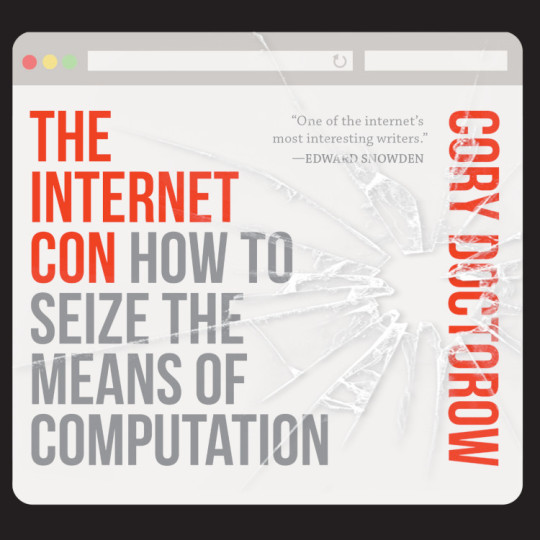
I’m kickstarting the audiobook for “The Internet Con: How To Seize the Means of Computation,” a Big Tech disassembly manual to disenshittify the web and bring back the old, good internet. It’s a DRM-free book, which means Audible won’t carry it, so this crowdfunder is essential. Back now to get the audio, Verso hardcover and ebook:
http://seizethemeansofcomputation.org

If you’d like an essay-formatted version of this post to read or share, here’s a link to it on pluralistic.net, my surveillance-free, ad-free, tracker-free blog:
https://pluralistic.net/2023/08/08/vampire-capitalism/#kkr

#kkr#simon and schuster#publishing#penguin random house#ppp loans#looters#plunderers#vampire capitalism#vulture capitalism#debt#private equity#pe#harmful dominance#monopoly#trustbusters#incentives matter#labor#writing#publishing workers#recorded books#overdrive#glam#libraries#toys r us#pluralistic
187 notes
·
View notes
Text

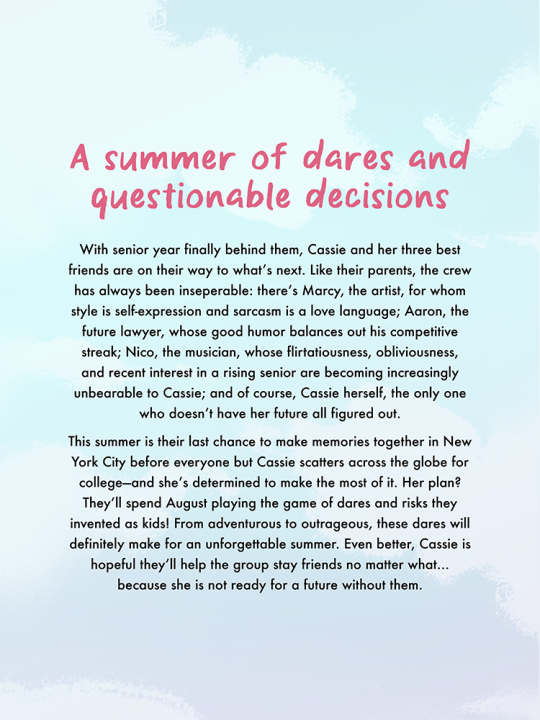

GUYS, the cover for Ready or Not was just revealed by SimonTeen! 🤗 I’ve been sitting on this for what feels like millennia, and I’m so excited to finally get to share it with you 💞 And I miiiight be biased, but this is my fave cover yet. It’s really really wild seeing my name up there. TY to Karyn Lee for the direction, my color balancing queen 👑
Pre-order yours today, tell your friends, tell your mom, tell the rando on the subway 🗣️ And read more about Ready or Not and other upcoming titles of Summer 2024 here!
#simonteen#ready or not#summer 2024#ya fiction#young adult#friendship#new york city#brooklyn#ya graphic novel#graphic novel#original art#my books#my art#simon and schuster#feather flores#karyn lee
25 notes
·
View notes
Photo
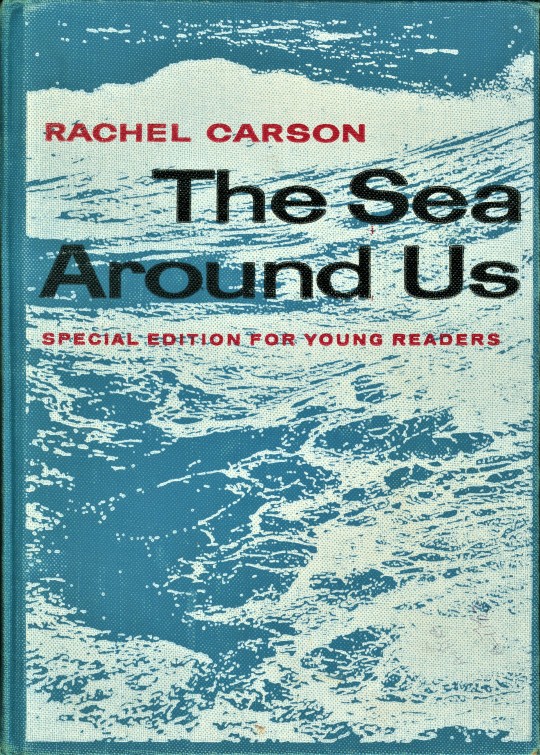
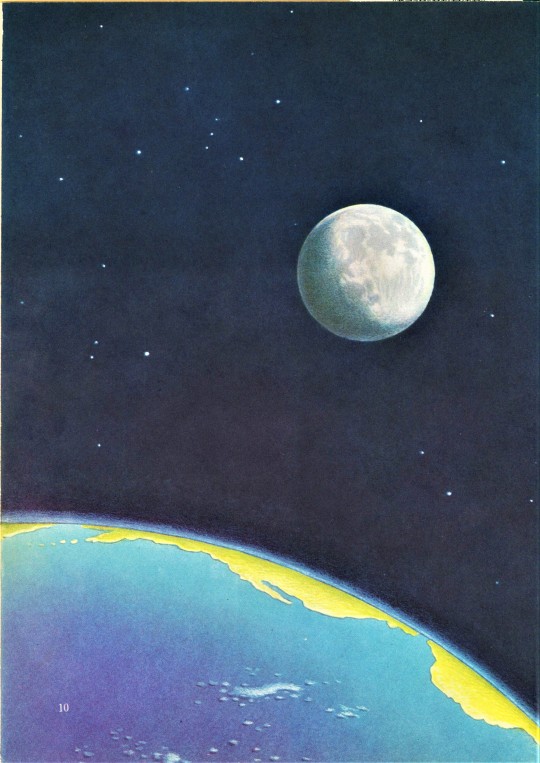
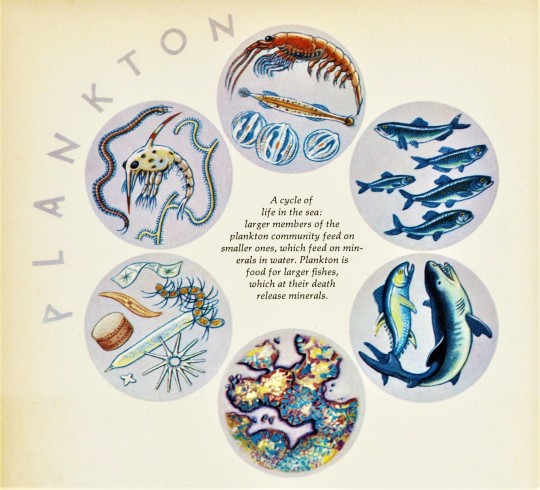
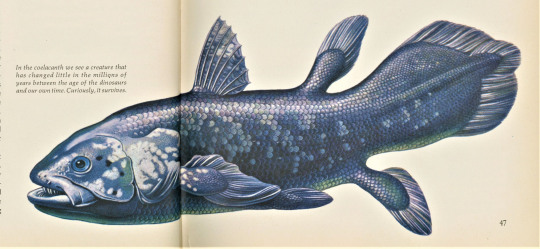






Science Saturday
RACHEL CARSON
In 1951 Oxford University Press published American marine biologist and conservationist Rachel Carson‘s critically-acclaimed book, The Sea Around Us. It became one of the most successful books ever written about the natural world. Rachel Carson's rare ability to combine scientific insight with moving, poetic prose catapulted her book to first place on The New York Times best-seller list, where it enjoyed wide attention for thirty-one consecutive weeks. It remained on the list for more than a year and a half and ultimately sold well over a million copies, was translated into 28 languages, inspired an Academy Award-winning documentary, and won both the 1952 National Book Award and the John Burroughs Medal.
In 1958, Simon and Schuster published this special edition for young readers, adapted by Russian Empire-born American writer Anne Terry White, with illustrations by Rene Martin and maps by Emil Lowenstein. It also includes an additional chapter by Jeffrey Levinton, a leading expert in marine ecology, who incorporates the most recent thinking on continental drift, coral reefs, the spread of the ocean floor, the deterioration of the oceans, mass extinction of sea life, and many other topics. In addition, noted nature writer Ann Zwinger contributed a brief foreword. The last photographic image shown here is by American science photographer Fritz Goro.
View our 2021 Earth Day post on Rachel Carson’s most influential book, Silent Spring.
View more Science Saturday posts
#Science Saturday#women's history month#science#oceanography#marine science#marine biology#marine ecology#Rachel Carson#women scientists#The Sea Around Us#Simon and Schuster#Anne Terry White#Rene Martin#Emil Lowenstein#Jeffrey Levinton#Ann Zwinger#Fritz Goro#children's books#Historical Curriculum Collection#New York Times best-seller
128 notes
·
View notes
Photo


Robert Brownjohn, Ivan Chermayeff, Tom Geismar, Artist's proof for the cover of 'The Art of Dramatic Writing' by Lajos Egri, ca. 1960 [MoMA, New York, NY. © Eliza Brownjohn]
#graphic design#typography#book#cover#book cover#robert brownjohn#ivan chermayeff#tom geismar#lajos egri#simon and schuster#moma#the museum of modern art#1960s
65 notes
·
View notes
Text
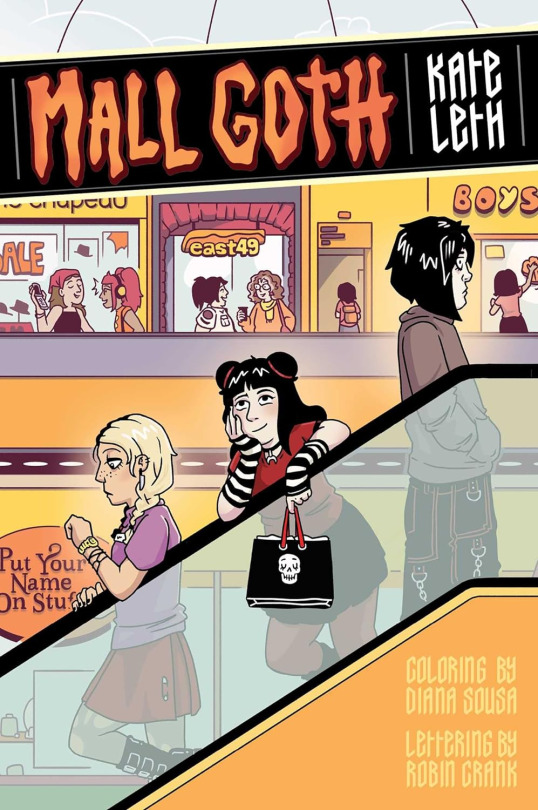
#mall goth#kate leth#simon and schuster#young adult#lgbt#lgbt comics#lgbt comic#queer comic#queer comics#bisexual#graphic novel#graphic novels#poll
11 notes
·
View notes
Text
When the proposed merger between PRH and S&S was first announced in 2020, the prevailing narrative was that a combined PRHS&S would give helpless publishers the leverage they needed to push back against the almighty force of Amazon.
.
One of the ironies of this trial, industry magazine Publishers Weekly noted early on, was that “the government’s case relies in part on making publishers look extraordinarily savvy about the market in which they operate, in addition to benefiting from their sheer size.” For publishers to rebut that case, they in turn had to present themselves as essentially incompetent gamblers, risking the company’s money in an industry no one could predict, all for the sheer love of literature.
“Everything is random in publishing,” Penguin Random House CEO Markus Dohle told the court during his testimony. “Success is random. Bestsellers are random. That is why we are the Random House!” He went on to describe the editors and publishers of PRH as “angel investors in our authors and their dreams, their stories.”
.
Both depictions of publishing on display at this trial, as Publishers Weekly acknowledged, have an element of truth. The book market really is notoriously unpredictable, and book publishers really are fairly savvy about manipulating that market in order to insure their own profits. That’s how publishing CEOs traditionally justify their enormous salaries: They are supposed to be the people who understand how to make money out of an irrational business.
.
It suits publishers to describe their industry as illogical, quirky, or romantic. Such a depiction of publishing gives cover to the status quo, in which the industry is 76 percent white and 95 percent of books published between 1950 and 2018 were written by white people. If publishing isn’t really a business, but an investment in people’s dreams, then there are no structural inequalities that publishers have to worry about that might have led to this state of affairs. And since those structural inequalities don’t exist, they can’t possibly be exacerbated by further industry consolidation.
.
The story of American publishing over the past 100 years is the story of an industry consolidating itself, and of that consolidation encouraging homogeneity, blandness, and the safest possible publishing decisions. It remains to be seen whether that consolidation will continue as this trial ends — or whether this case will provide the precedent to slow consolidation in more industries than this one.
#publishing#publishing industry#simon and schuster#penguin random house#prh vs doj#booklr#bookblr#writeblr#books
135 notes
·
View notes
Text

Clue: The Storybook
Simon And Schuster (1985)
#Film#Clue#Simon And Schuster#Clue Storybook#Boardgames#Vintage#Art#Paramount Pictures#Paramount#Humor#Mystery#1985#1980s#80s
18 notes
·
View notes
Photo

Christopher Pike’s The Midnight Club is being re-released with tie-in artwork ahead of Netflix’s upcoming adaptation. The new edition will be available in paperback on September 20 via Simon Pulse.
The 224-page young adult horror novel was originally published in 1994. It follows a group of terminally ill teenagers whose midnight stories become their reality. The full synopsis is below.
From creator Mike Flanagan (The Haunting of Hill House, Midnight Mass), the Netflix series premieres on October 7. Iman Benson, Adia, Igby Rigney, Ruth Codd, Aya Furukawa, Annarah Shephard, William Chris Sumpter, and Sauriyan Sapkota star.
Rotterham Home was a hospice for young people—a place where teenagers with terminal illnesses went to die. Nobody who checked in ever checked out. It was a place of pain and sorrow, but also, remarkably, a place of humor and adventure.
Every night at twelve, a group of young guys and girls at the hospice came together to tell stories. They called themselves the Midnight Club, and their stories could be true or false, inspiring or depressing, or somewhere in-between.
One night, in the middle of a particularly scary story, the teenagers make a secret pact with each other, which says, “The first one who dies will do whatever he or she can do to contact us from beyond the grave, to give us proof that there is life after death.”
Then one of them does die...
Order The Midnight Club by Christopher Pike.
#the midnight club#midnight club#christopher pike#mike flanagan#horror#horror books#horror novels#young adult#ya horror#book#gift#heather langenkamp#zach gilford#midnight mass#simon and schuster
239 notes
·
View notes
Text
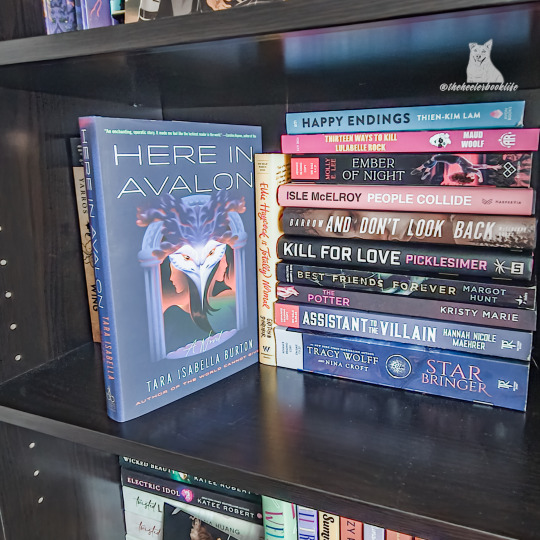
Thanks, Book Club Favorites and Simon + Schuster, for the free book!
📚
⁉️ 𝚀𝙾𝚃𝙳: 𝚈𝚘𝚞'𝚛𝚎 𝚝𝚛𝚊𝚗𝚜𝚙𝚘𝚛𝚝𝚎𝚍 𝚒𝚗𝚝𝚘 𝚢𝚘𝚞𝚛 𝚕𝚊𝚜𝚝 𝚘𝚛 𝚌𝚞𝚛𝚛𝚎𝚗𝚝 𝚛𝚎𝚊𝚍 𝚊𝚗𝚍 𝚗𝚘𝚠 𝚊𝚛𝚎 𝚝𝚑𝚎 𝚖𝚊𝚒𝚗 𝚌𝚑𝚊𝚛𝚊𝚌𝚝𝚎𝚛. 𝙷𝚘𝚠 𝚠𝚘𝚞𝚕𝚍 𝚢𝚘𝚞 𝚏𝚊𝚛𝚎?
✨ AOTD: Mhmm, I could handle being Gigi from The Graham Effect, except for the scenes involving hockey. I'm accident-prone, so that would be disastrous. As for the fantasy novels I'm reading, let's just be honest about how I would likely not survive or how I may even put the world in danger.
📚
I'm back after a break from social media due to being sick.
I received Here in Avalon by Tara Isabella Burton from Simon & Schuster sometime around January. I've been looking forward to reading this book for a while now as I think it's something I would highly enjoy.
📚
Here in Avalon follows two sisters named Rose and Cecilia.
Rose is responsible while Cecilia is irresponsible.
Cecilia craves adventure, and Rose craves stability.
Cecilia surprises her sister by settling down in New York.
Rose is relieved until she discovers that Cecilia has joined a mysterious underground cabaret troupe that operates only at night and that many people have gone missing after getting involved.
Searching for her sister, Rose must enter Avalon and navigate through the magic and charm.
Instead, she begins to question everything she knows.
📚
IG: @theheelerbooklife
#bookstagram#book review#booklover#bookworm#bibliophile#booklr#bookish#books#must read books#book#book mail#simon and schuster#bookblog#bookblr
5 notes
·
View notes
Text

Top 47K - Star Trek: Borg
Join the HG101 gang as they discuss and rank an ambitious FMV game starring some (two) Next Generation cast members.
#hardcore gaming 101#podcast#top 47858 games of all time#star trek: borg#star trek#simon and schuster#microsoft windows#mac os#interactive movie#fmv games#video games
6 notes
·
View notes
Text
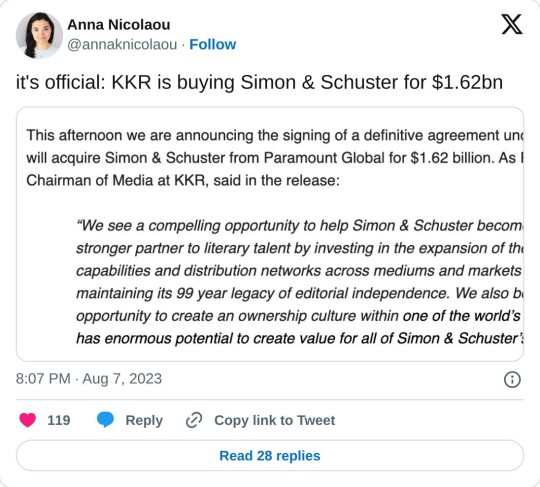
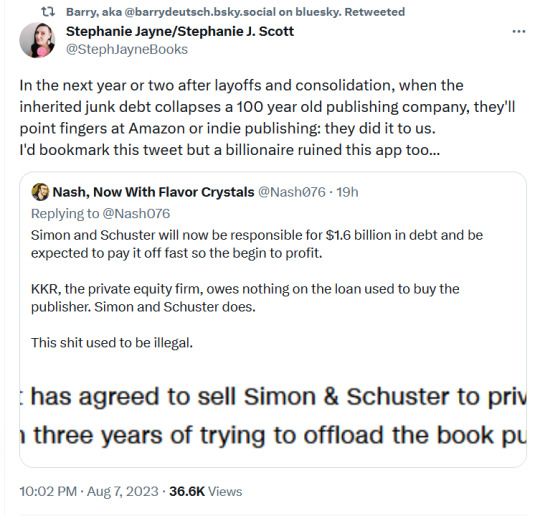

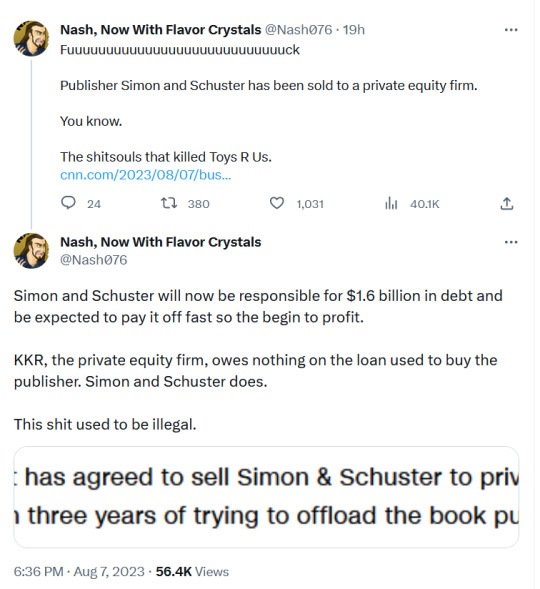
#twitter#tweet#tweets#publishing#vulture capitalism#capitalism is a scam#simon and schuster#books and authors#books and writing#books and reading#books and libraries#books and literature#toys r us#private equity
11 notes
·
View notes
Text
What the sale of a major American book publisher means for authors, the industry — and you
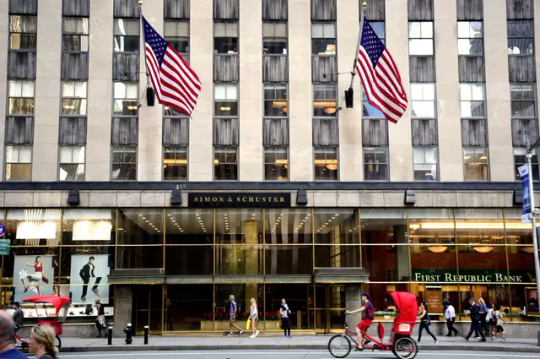
by Dan Sinykin
It seemed to many in book publishing like good news last October when the Department of Justice successfully sued to block Penguin Random House (PRH) from acquiring Simon & Schuster. PRH is the largest publisher in the United States and S & S is third. Together they might have controlled more than half the industry. Only three other publishers — HarperCollins, Hachette and Macmillan — control the bulk of the rest. Such consolidation has long worried literary types who fear it leads to the privileging of profit over culture. But the alternative in this case might prove worse. On Monday, Paramount sold Simon & Schuster to KKR, a private equity firm.
Simon & Schuster’s role in the book world
Simon & Schuster is a 99-year-old house. Founded by two Jewish bookmen, Richard Simon and Max Schuster, it was among a wave of new firms established in the first half of the 20th century by Jewish bookmen, including Knopf, Random House and Viking. But whereas these other houses were literary ventures, S & S was more commercial from the start. While Random House profited from the scandal of James Joyce’s “Ulysses,” S & S grew on the back of crossword puzzle books.
READ MORE
9 notes
·
View notes
Text

I would adopt these two in a heartbeat if I didn’t think my 12 year old cat would absolutely terrorize them 😭😭😭😭
2 notes
·
View notes
Photo
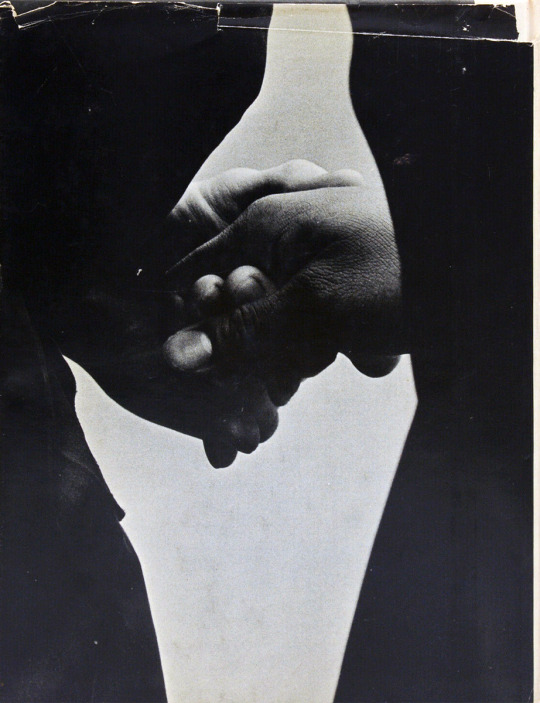
The Movement. Documentary of a struggle for equality, (back cover), Text by Lorraine Hansberry, Photography by Danny Lyon, Simon and Schuster, New York, NY, 1964
477 notes
·
View notes
Text

The Black Guy Dies First: Black Horror Cinema from Fodder to Oscar by Robin R. Means Coleman & Mark H. Harris
"Black horror's triumph is its ability to reflect more deeply on the ways in which Black history has been and continues to be Black horror. Black horror points a finger at evil because those who forget the past are doomed to repeat it, just like those who forget the rules of horror are just plain doomed. When the twenty-four hour news cycle moves on to some Insta-influencer, and names like Breonna Taylor, George Floyd, Atatiana Jefferson, and Botham Jean become fading memories for some, Black horror steps up to remind us that, like the vengeful dolls in Tales from the Hood, the past is never 'history.'"
Year Read: 2023
Rating: 4/5
Thoughts: It took me all damn year to read this book, through no fault of its own. I received an invitation from the publishers to read it through NetGalley, got about a third of the way through, and decided I couldn't take the kind of notes I wanted on my Kindle. By the time my ordered copy arrived, enough time had passed that it seemed best just to start over. Then cue the Great Summer Reading Slump of 2023! I refused to start over again, and it still took me until December to finish. May I reflect on this before I decide to accept nonfiction again, even if it is about horror. But then, as my favorite professor always liked to say, "Struggling is productive."
This is all no reflection on the book itself, which is an in-depth look at the history of Black horror cinema. I'm an avid horror fan, and I still learned a hell of a lot, including where to fill in the gaps in my viewing (although… I'm still probably going to skip Spider Baby (1967), sorry. Even my boyfriend, Lon Chaney Jr., can't make that sound appealing). Seriously, adding films to my watch list was some of the most fun of this book, and I've already started chipping away at those by continuing with The Purge series. I gave up after having lukewarm feelings about the first, but in a weird twist, the series actually gets so much better. I'm planning to watch Event Horizon (1997) and Spiral (2021) at some point too, among others.
The writers are incredibly knowledgeable about the topics, one a scholar in the field and the other having had a hand in a number of popular culture projects centered on horror film. I think this combination is what really sets this book apart from others of its kind and gives it a more unique voice. The two of them balance the in-depth theoretical and social commentary with witty, sardonic asides. Horror has a long history of going hand in hand with comedy (horror hosts like Svengoolie are case in point), and they go well together here. Despite the fears in the acknowledgements section that the book comes over "too complainy," I didn't get that impression in any sense. A critique by definition should be critical, and it is. It spares no feelings in calling out the hugely racist film industry which, despite major strides forward, still has a long way to go. However, it's also clear throughout that the writers really love the genre, and there are points of borderline gushing over films like Get Out (2017), which had a revolutionizing effect on social-political horror in general and Black horror specifically.
The chapters are neatly broken up by Top Lists on various topics, from Frequent Dier Awards and Terrible Hip-Hop Theme Songs From Horror Movies to 10 Horror Movies About Black-White Race Relations Not Named Get Out. These work better than the sometimes long lists of films inserted into paragraphs, and are often quite funny. The first half of the book is very strong on the history of Black horror film, even to the point of feeling a bit repetitive at times, which I think is a byproduct of the essay-ish/doctoral thesis quality of some of the chapters. (We can credit academia with a lot of things, but being concise is rarely one of them.) It expertly links Black horror trends with long-held racial stereotypes and charts the often dismal numbers of Black actors, actresses, writers, and directors in horror film, and the (again, often dismal) quality of that representation.
The second half dips into the intersection of Black women and Black LGBTQ+ representation, and it's not quite as comprehensive there. In part, this is because there just isn't as much rep out there to write about, but my sense is that this is more like an overview of these topics. A dedicated scholar could spend an entire book delving into each one of those and still have more to write. The final chapter pulls together a moving rumination on how Black horror, like most media, is ultimately a reflection of the world we live in. Any minor quibbles aside, this is extremely well-done and a must-read for anyone with an interest in the history of horror film.
#book review#the black guy dies first#the black guy dies first: black horror cinema from fodder to oscar#robin r. means coleman#mark h. harris#nonfiction#horror#black horror#netgalley#gallery books#simon and schuster#saga press#4/5#rating: 4/5#2023
3 notes
·
View notes